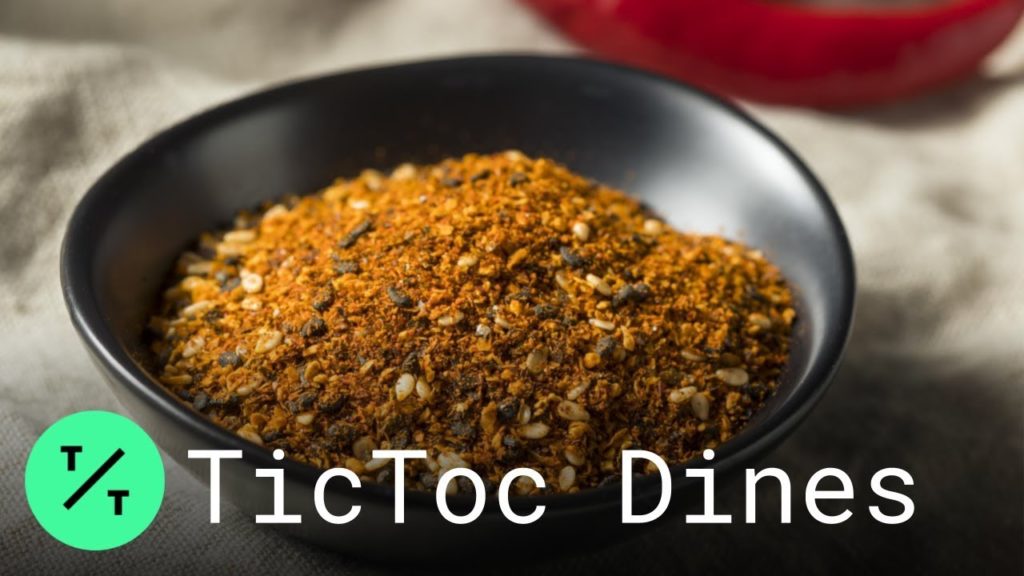The Japanese spice mix “shichimi togarashi” has been popping up on U.S. menus but it’s nothing new for us here in Japan.
Shichimi togarashi is decidedly Japanese, but its roots are in Chinese herbal medicine. Each of its seven ingredients (“shichi” means “seven” and “mi” means “taste”; “togarashi” is Japanese dried red chili) brings a distinct flavor profile and herbal benefit to the colorful blend. A traditional recipe mixes togarashi with sansho (lemony Sichuan peppercorns that make your tongue tingle), dried orange or tangerine peels, dried seaweed (nori), sesame seeds, hemp seeds, and garlic. Some blends may swap in dried ginger, yuzu peel, or poppy seeds.
The blend is commonly referred to simply as togarashi in the U.S. Still, to avoid confusion with ichimi togarashi (“ichi” meaning “one,” so “one-taste pepper”), which is merely ground red chili pepper, you should call it shichimi.
Yawataya Isogoro in Nagano, Japan, is one of the world’s biggest and oldest shichimi makers. It has been making shichimi since 1732. It’s often sprinkled over noodles. But Yawatara has gone sweet with shichimi chocolates and macarons.
A good bowl of ramen seems unimprovable, if not for the discreet, red-topped bottle often sitting aside it. Shake the jar and out falls an array of seasonings that brightens and heats simultaneously. It’s making its way from the ramen counter to the spice rack of fine-dining kitchens, stretching beyond noodle soups and rice to cured cactus and fried chicken.
Subscribe to our YouTube channel:
TICTOC ON SOCIAL:
Follow TicToc on Twitter:
Like TicToc on Facebook:
Follow TicToc on Instagram:
Watch all of TicToc’s videos:
Listen to TicToc’s podcast:
Subscribe to our newsletter:
TicToc by Bloomberg is global news for the life you lead. We are a 24/7 news network that covers breaking news, politics, technology, business and entertainment stories from around the globe, supported by a network of Bloomberg’s 2,700 journalists across 120 countries.


AloJapan.com